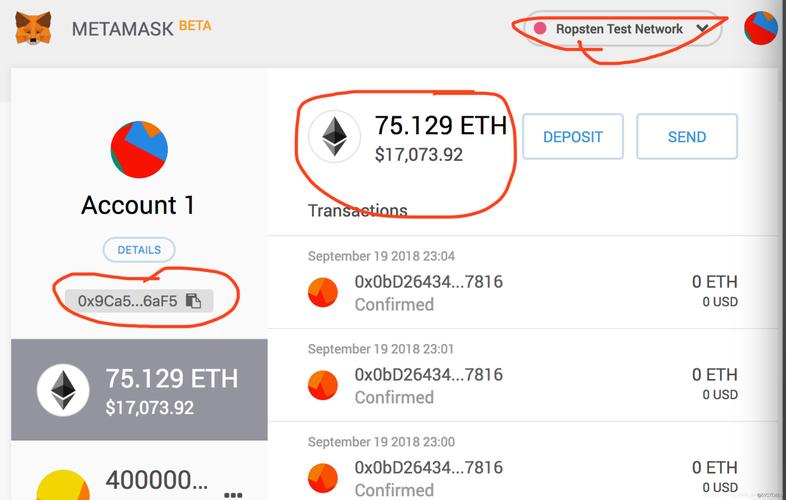
Deposit ETH 2.0: A Comprehensive Guide
Are you interested in participating in the Ethereum 2.0 network and earning rewards by depositing your ETH? If so, you’ve come to the right place. In this article, we’ll delve into the process of depositing ETH 2.0, exploring its benefits, requirements, and the steps involved. Let’s get started.
Understanding Ethereum 2.0
Ethereum 2.0, also known as Eth2, is the highly anticipated upgrade to the Ethereum network. It aims to improve scalability, security, and sustainability by transitioning from a Proof-of-Work (PoW) to a Proof-of-Stake (PoS) consensus mechanism. This transition will enable the network to handle more transactions per second and reduce its environmental impact.

Benefits of Depositing ETH 2.0
By depositing your ETH into the Ethereum 2.0 network, you can enjoy several benefits:
-
Passive income: As a validator, you’ll receive rewards in ETH for participating in the network’s consensus process.
-
Network security: Your deposit helps secure the Ethereum network by validating transactions and ensuring its integrity.
-
Participation in the future: By depositing ETH 2.0, you’re contributing to the development and success of the Ethereum ecosystem.

Requirements for Depositing ETH 2.0
Before you can deposit ETH 2.0, there are a few requirements you need to meet:
-
ETH balance: You must have at least 32 ETH in your Ethereum wallet to become a validator.
-
Staking contract: You need to connect your wallet to a staking contract that will manage your deposit and rewards.
-
Validator client: You’ll need a validator client to interact with the Ethereum 2.0 network and validate transactions.
Steps to Deposit ETH 2.0
Now that you understand the benefits and requirements, let’s go through the steps to deposit ETH 2.0:
-
Choose a wallet: Select a compatible Ethereum wallet that supports Eth2 deposits. Some popular options include MetaMask, MyEtherWallet, and Trust Wallet.
-
Connect your wallet: Open your chosen wallet and connect it to the Ethereum network.
-
Transfer ETH to your wallet: Ensure you have at least 32 ETH in your wallet. You can transfer ETH from another wallet or purchase ETH on an exchange.
-
Choose a staking contract: Find a staking contract that supports Eth2 deposits. You can use platforms like Lido or Rocket Pool to manage your deposit and rewards.
-
Deposit ETH: Follow the instructions provided by the staking contract to deposit your ETH. This typically involves approving the contract and then depositing your ETH.
-
Set up a validator client: Install and configure a validator client, such as Prysm or Teku, to interact with the Ethereum 2.0 network.
-
Start validating: Once your deposit is confirmed and your validator client is set up, you can start validating transactions and earning rewards.
Table: Comparison of Eth2 Validator Clients
| Validator Client | Supported Ethereum Clients | Language | Community Support |
|---|---|---|---|
| Prysm | Parity, Geth, Nethermind | Go | High |
| Teku | Parity, Geth, Nethermind | Java | High |
| Lodestar | Parity, Geth, Nethermind | Rust | High |
Conclusion
Dep



